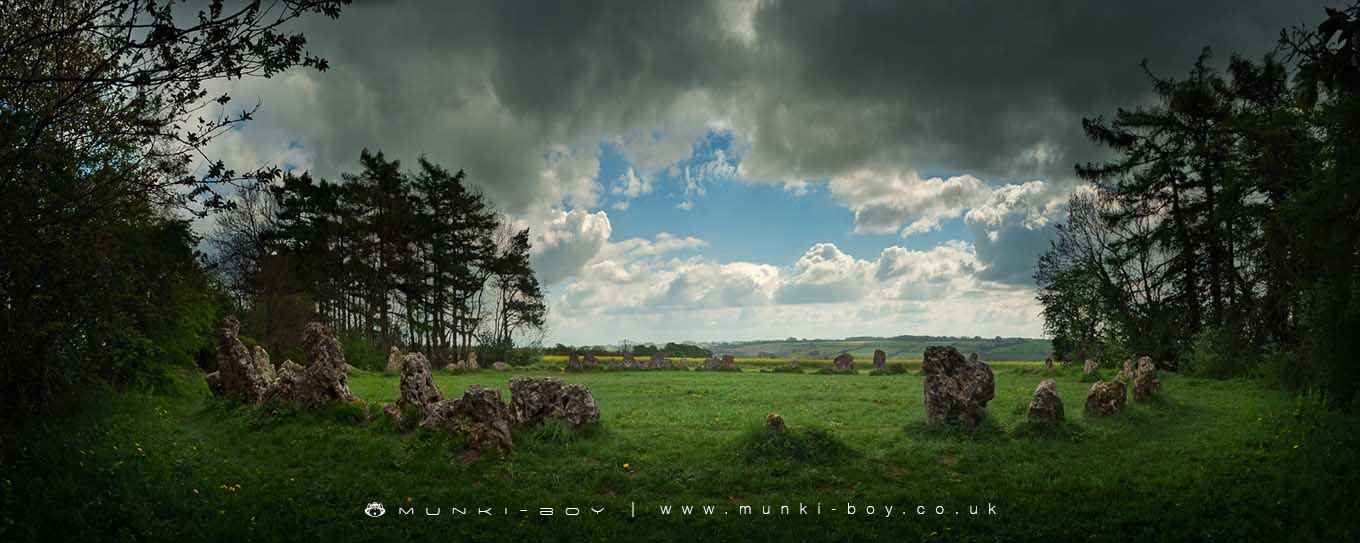
Cotswolds AONB
The Cotswolds AONB is a designated Area of Outstanding Natural Beauty in England. It covers parts of the counties of Gloucestershire, Oxfordshire, Warwickshire and Wiltshire
The Cotswolds AONB was first designated in 1966 and covers an area of 787 square miles (2,038 km2). The AONB is notable for its rolling hills and picturesque towns and villages made from the local Cotswold stone.
There are numerous attractions in the Cotswolds AONB, including the Roman baths at Bath, the medieval fortress of Warwick Castle, and the stately homes of Chatsworth House and Blenheim Palace.
The Cotswolds AONB is home to a number of rare and protected species of wildlife, including the Greater Spotted Woodpecker, the Large Blue butterfly, and the dormouse.
The Cotswolds AONB is a popular tourist destination, with over 18 million visitors per year.
Places to Visit in the Cotswolds AONB
There are a number of places to visit in the Cotswolds AONB, including:
- Belas Knapp Chambered Long Cairn: A prehistoric burial chamber dating back to around 3,500 BC.
- Rollright Stones: A collection of megalithic monuments including stone circles and standing stones.
- Broadway Tower: A folly built in 1799 with stunning views over the Cotswolds countryside.
The Cotswolds AONB is a beautiful and varied area of England, with something to offer everyone. Whether you’re looking to explore its rich history, enjoy its picturesque scenery, or simply relax in one of its quaint towns or villages, the Cotswolds AONB is the perfect place to visit.
Parts or all of Cotswolds AONB are in the counties of Warwickshire, Oxfordshire, Gloucestershire, Wiltshire and Somerset.
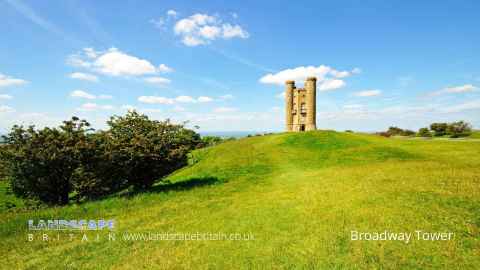
Broadway Tower
Broadway Tower is a folly, overlooking the Cotswold hills in England.
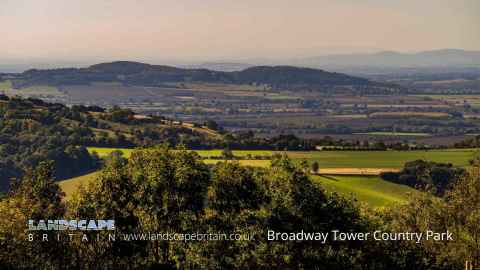
Broadway Tower Country Park
Broadway Tower Country Park is located to the south of Evesham in Worcestershire.
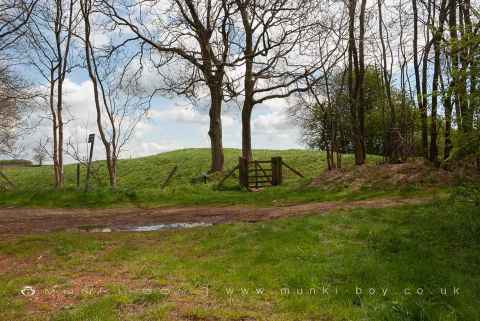
Notgrove Long Barrow
The long barrow at Notgrove is a chambered tomb dating to the Neolithic period or New Stone Age.
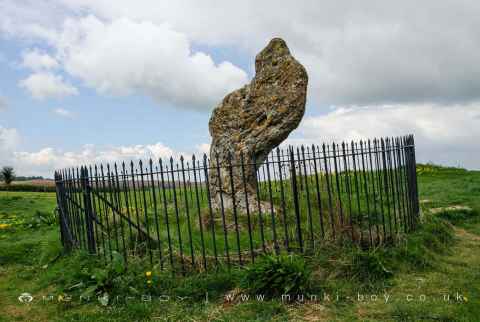
The King Stone
The King Stone is a large block of limestone about 2.5 m. high and now tipped at a rakish angle. This was the marker stone for an early Bronze Age cemetery. Several small cairnst containing cremations were discovered around the stone during excavations in 1979.
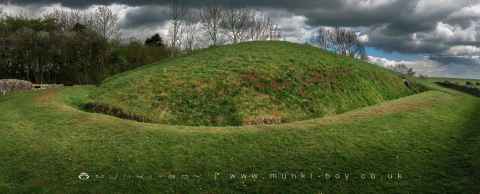
Belas Knap Long Barrow
Belas Knap long barrow includes a chambered long barrow situated just below the crest of a prominent ridge with panoramic views.

The Kings Men
The King’s Men is a fine stone circle broadly dating to 2670 bc to 1975 bc. The circle, on a hilltop setting, is nearly perfectly round.
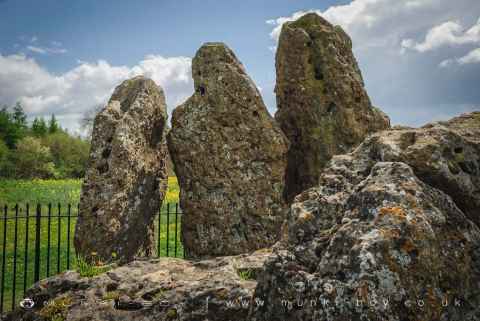
The Whispering Knights
The Whispering Knights is the remains of a portal dolmen-type burial chamber of about 4000 BC. Four stones stand upright, while a fifth, probably the capstone, lies fallen. The stones would never have been covered by a mound; rather they projected out of a low flat-topped platform that surrounded the setting.

The Rollright Stones
The names of the three sites which make up the Rollright Stones come from a legend which tells how they were living men, a king and his army. The stones in the circle are The King’s Men, an 8-foot standing stone across the road is The King Stone, and the group of five large stones which once formed a burial chamber and now stand in a huddle in a nearby field are The Whispering Knights.
Own label and private label building products
We produce, brand and supply for some of the biggest names in the industry. Read more...
